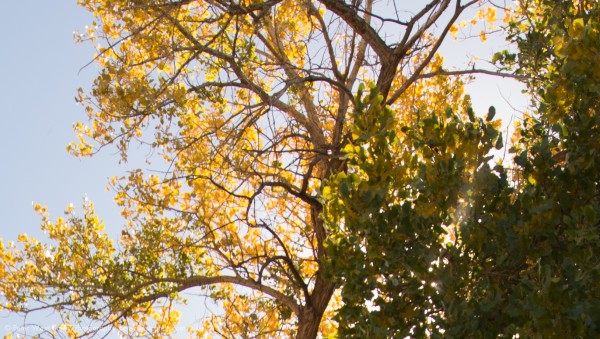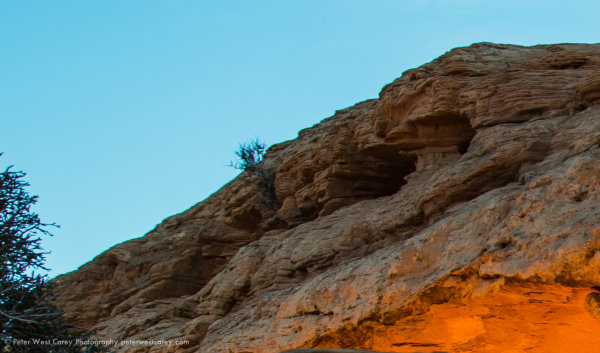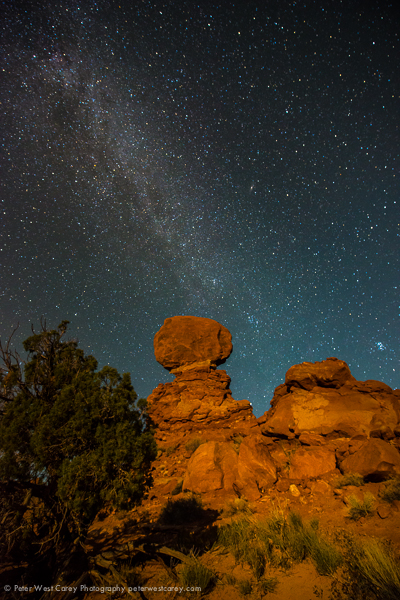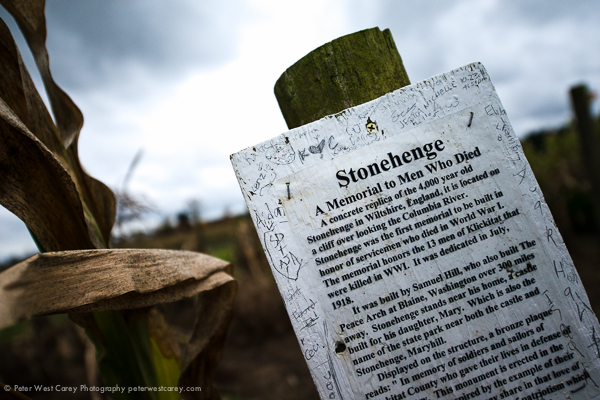 Nikon’s Nikkor 14-24mm f/2.8 is something of a legend in the realm of ultrawide zooms and after playing with one while traveling to both Utah and Hawaii, The Big Island, I understand better why this lens is coveted. It made me a little jealous and considering moving to a full frame Nikon camera as my main landscape imaging platform. It’s that good.
Nikon’s Nikkor 14-24mm f/2.8 is something of a legend in the realm of ultrawide zooms and after playing with one while traveling to both Utah and Hawaii, The Big Island, I understand better why this lens is coveted. It made me a little jealous and considering moving to a full frame Nikon camera as my main landscape imaging platform. It’s that good.
I was lent my copy from BorrowLenses.com for the test and this was the piece of equipment that was hardest for me to send back, ever. Even harder than the much more expensive Pentax 645D or Canon 400mm f/2.8 (both of which are fine pieces of equipment in their own right).
Specifications
-
Mount TypeNikon F-Bayonet
-
Focal Length Range14-24mm
-
Zoom Ratio1.7x
-
Maximum Aperturef/2.8
-
 Minimum Aperture f/22
Minimum Aperture f/22 -
FormatFX/35mm
-
Maximum Angle of View (DX-format)90°
-
Minimum Angle of View (DX-format)61°
-
Maximum Angle of View (FX-format)114°
-
Minimum Angle of View (FX-format)84°
-
Maximum Reproduction Ratio0.15x
-
Lens Elements14
-
Lens Groups11
-
Compatible Format(s)FX
DX
FX in DX Crop Mode
35mm Film -
 Diaphragm Blades 9
Diaphragm Blades 9 -
Distance InformationYes
-
Nano Crystal CoatYes
-
ED Glass Elements2
-
Aspherical Elements3
-
Super Integrated CoatingYes
-
AutofocusYes
-
AF-S (Silent Wave Motor)Yes
-
Internal FocusingYes
-
Minimum Focus Distance0.9 ft. (0.28m)
-
Focus ModeAuto
Manual
Manual/Auto -
G-typeYes
-
Dimensions(Approx.) 3.8 x 5.2 in. (Diameter x Length)
98 x 131.5mm (Diameter x Length)
In Real Life
[Click on an image for a 100% version. Warning: some can be quite big. All images Copyright Peter West Carey Photography and not to be reused without express consent.)
Functionally the lens is a snap in the field. Only two rings to turn for either zoom or focus. One switch on the side can turn on and off manual focus. That is it. For those not accustomed to wide angle lenses, the hood may look odd but it does help protect the extruding curve of the lens that is needed for a zoom of this nature.
The lens comes with a hood attached that can not be removed and the front element is convex, meaning it curves forward from the lens body. There is a cup of a lens cap that fits over the hood and it’s best not to lose this as replacements are not as easy to find as a standard 77mm lens cap. A special note here; finding filters for this lens is complicated by the shape of the lens and hood. There are solutions by the likes of Fotodiox that are large enough to fit the unit, but I was not able to procure a set to test with this lens.
On a full frame body, like the Nikon D800E I tested this lens on, the field of view is from 84° to 114°. For landscape photographers, this range is perfect for typical settings and locations. I have been shooting with Canon gear for over 10 years and loved the 16-35mm, but the 14-24mm Nikon has it beat with the sweat spot for wide angle. And that extra 2mm on the wide end is appreciated.
What this lens does well is not often noticed unless you have used a cheaper wide angle lens. It holds corners well and resists distortion, thanks to the curved front element. At 24mm there is virtually no noticeable distortion while it is noticeable at 14mm. Here are two examples. The macadamia nut farm is at 14mm (thanks to Paradise Helicopter Tours for the lift) and the sign in the corn maze is at 24mm. The original files will be shown in the Samples section.


This is a boon for architectural photographers who don’t want their corners bowing out. Chromatic aberration is also less than I have seen with any other wide angle lens from Canon and it has me seriously thinking of jumping ship, at least for wide angle photography. I was able to push it and recognize some aberration, such as in the image below with 100% crop, but I really had to push it.

Here’s another of Mesa Arch at sunrise. This is all easily cleaned in Lightroom.

Lens flare was annoying for sunset shots. There are some prime examples below. I found it beyond distracting, especially in the shot from the rim of Canyonlands with the dead tree. The angle was just wrong but it’s the angle that I wanted. Sharpness was impressive, even closer to the edges. With the huge sensor of the D800E, the enlargements on wide shots was beyond my expectations while remaining sharp. For instance, take a look at the full sized version of Mesa Arch below. Look to the distant towers. This is a testament to the lens’ overall sharpness, which has me drooling.
Samples
Below are samples from the Nikon 14-24mm and D800E combo. Some images have been cropped and most have been edited.

ISO 50, 24mm, f/3.2, 1/2500

ISO 100, 14mm, f/8, center shutter speed of 1/40

ISO 3200, 14mm, f/4, 30 seconds

ISO 3200, 15mm, f/4, 30 seconds

ISO 2000, 14mm, f/2.8, 30 seconds

ISO 50, 14mm, f/6.3, 30 seconds (pre-sunrise)

ISO 50, 14mm, f/7.1, 1/100

ISO 100, 14mm, f/4, 1/25

ISO 2000, 14mm, f/2.8, 5 seconds

ISO 50, 16mm, f/8, 1/20

ISO 50, 24mm, f/8, 1/20 – Zoom in on this one

ISO 50, 14mm, f/22, 1/8

ISO 500, 14mm, f/4, 1/000

ISO 500, 17mm, f/4, 1/400

ISO 500, 14mm, f/2.8, 1/400

ISO 500, f/2.8, 1/320

ISO 500, 14mm, f/2.8, 1/500

ISO 500, 14mm, f/2.5, 1/3200

ISO 1000, 24mm, f/2.8, 1/2500
Conclusion
The lens is a joy to use and the results, to me, are stunning. It has me seriously thinking of adopting a Nikon camera and this lens in the future. It was very useful both in Utah when I had to get a little closer, without getting physically closer, at Mesa Arch. It was also helpful when shooting from a helicopter over Hawaii, The Big Island as the blades and skids started to show as I could zoom in just a little and make it work.
If I had a Nikon camera body, I would already own this lens and it will be the first Nikon lens I ever buy. It is an excellent lens.
Post originally from: Digital Photography Tips.
Check out our more Photography Tips at Photography Tips for Beginners, Portrait Photography Tips and Wedding Photography Tips.
Nikkor 14-24mm f/2.8 Lens [REVIEW]
You must be logged in to post a comment.